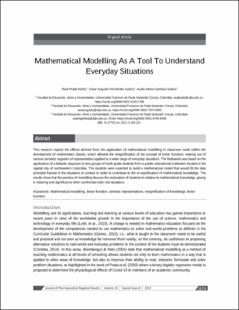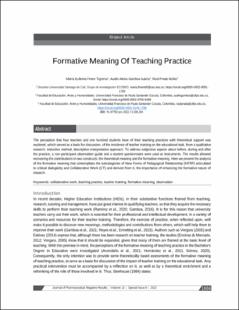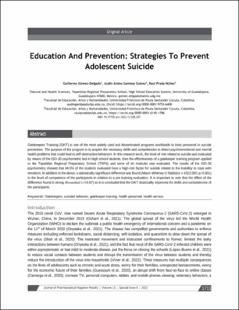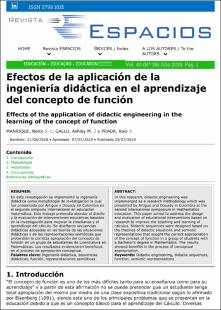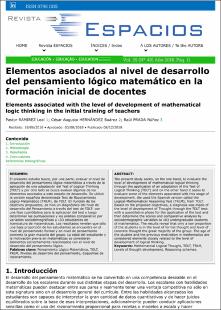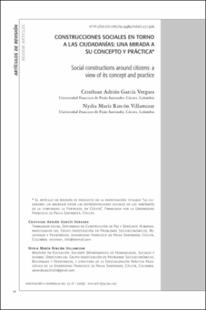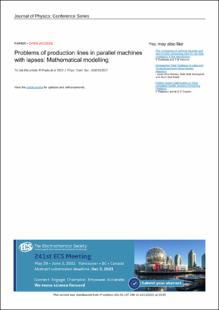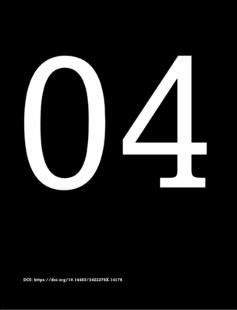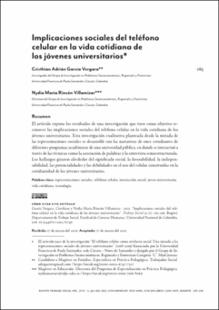Problems of production lines in parallel machines with lapses: Mathematical modelling
...
HERNANDEZ SUAREZ, CESAR AUGUSTO | 2019-02-13
Production programming consists of assigning, sequencing and timing tasks leading
to the acquisition of physical assets in productive resources. Normally, we talk about "jobs" to
be sequenced in "machines" so that the result of the production programming is shown in the
form of a Gantt chart where each job is divided into as many tasks as necessary and each task is
executed in the machines of the factory as technologically necessary. In the productive reality
several machines are observed in each stage of the production process, which suggests a problem
of hybrid flow workshop type (HFS). However, in some companies a machine of each stage is
joined by conveyor belts. All these machines would behave like a single virtual machine since
the works enter in order in the first machine and that order is maintained until the last machine,
without allowing neither stops nor changes in the sequence. Then in a modelling approach, it is
suggested to reduce the problem of (HFS) to a problem with several production lines in parallel
where each line would behave would be basically like a virtual machine. The problem is that
since the line is so long, once the last element of a job leaves the first stage, it can start the
processing of a new job while the first sequenced work moves through the production line.
Effectively, the "parallel machine" modelling the line would be processing more than one job at
the same time, that is, overlaps between the processed jobs are evident. The model is evaluated
with the help of two of the commercial solvers and to be able to evaluate it, it was necessary to
create a set of instances that would represent the situation under study.
LEER



